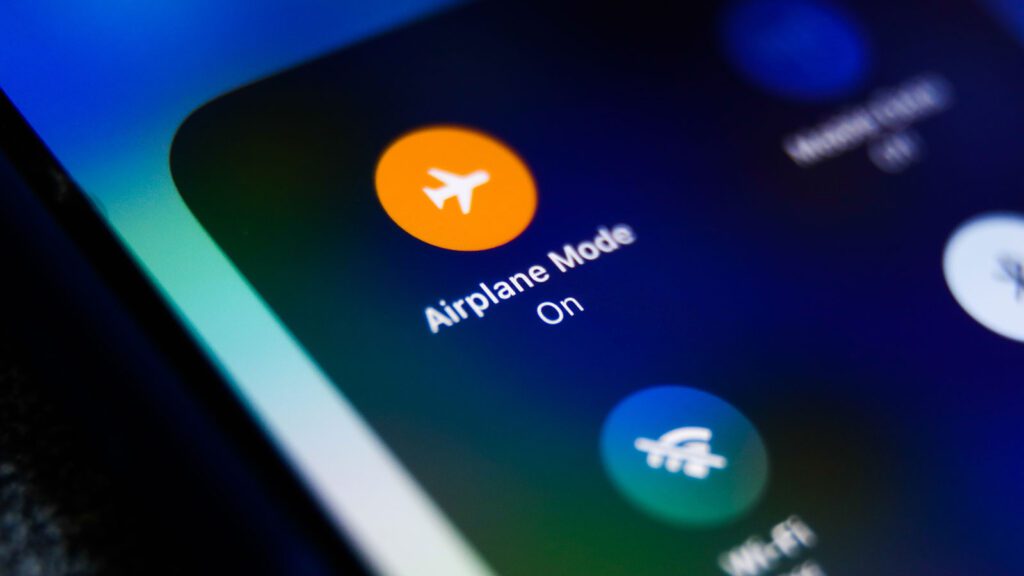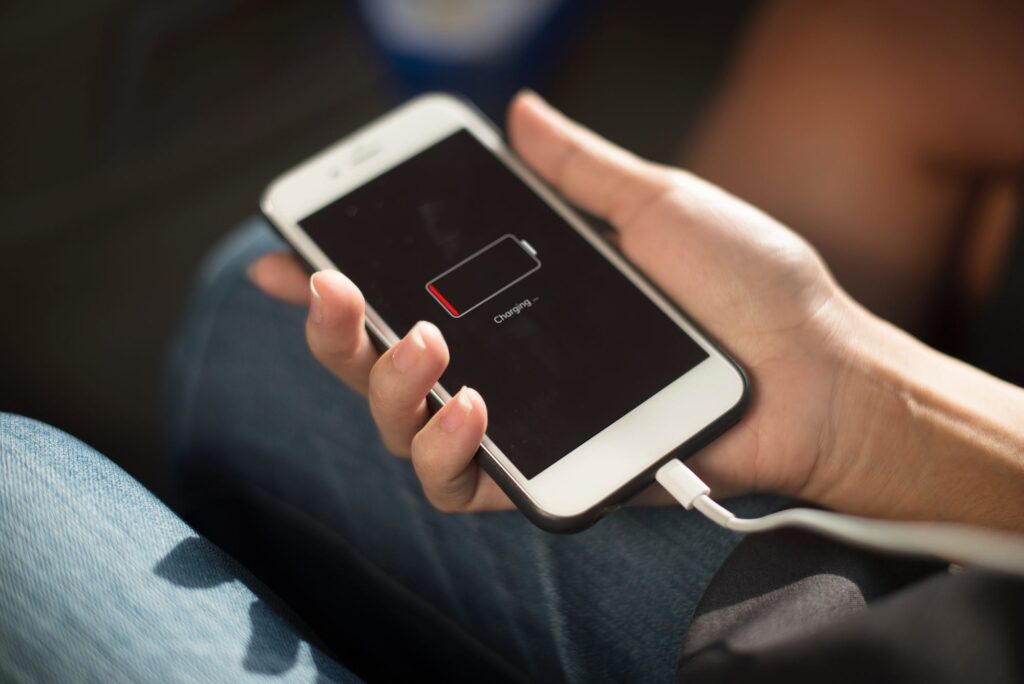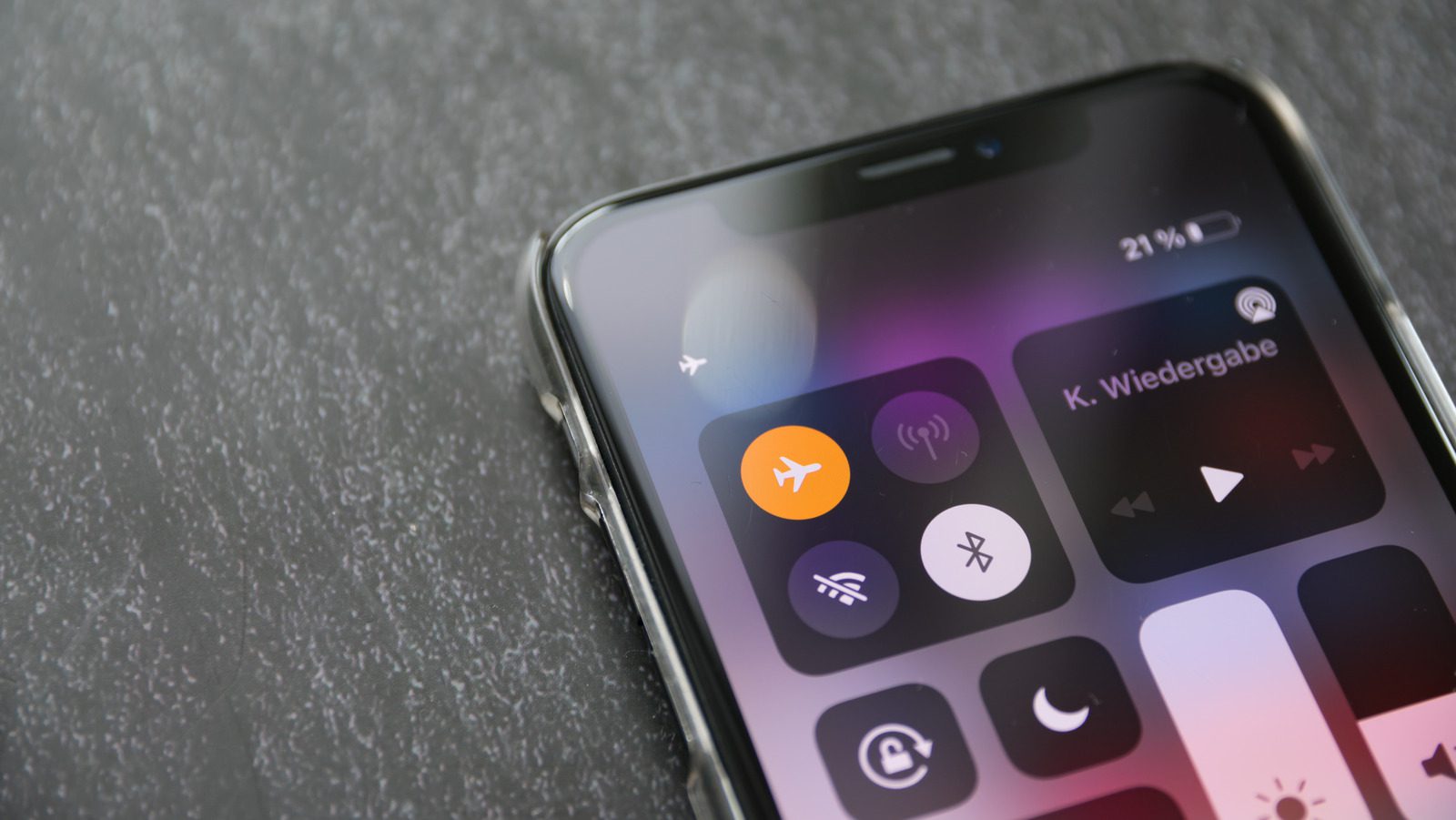In today’s hyper-connected world, our smartphones and other electronic devices have become indispensable companions. We rely on them for communication, entertainment, productivity, and more. However, the convenience and power of these devices come at a cost, and one of the primary concerns for users is battery life. The longer a device can operate on a single charge, the more versatile and reliable it becomes. This is where “What Does Airplane Mode Do” steps in, offering a feature that can potentially save battery life while also serving other essential functions. In this article, we will explore what Airplane Mode does, how it works, and its potential benefits for your device’s battery life.
What Does Airplane Mode Do?
Airplane Mode is a setting available on most modern electronic devices, including smartphones, tablets, laptops, and even smartwatches. When enabled, it temporarily disables all wireless communication functions of the device, including cellular networks, Wi-Fi, Bluetooth, and GPS. The name “Airplane Mode” suggests its primary use What is Airplane Mode: to ensure that electronic devices do not interfere with an airplane’s communication and navigation systems. However, its usefulness goes far beyond the confines of an airplane cabin.

Here are the core functions of Airplane Mode:
1. Disabling Cellular Connectivity:
Airplane Mode turns off your device’s cellular radio, preventing it from connecting to mobile networks. In this mode, your phone won’t be able to make or receive calls, send or receive text messages, or access mobile data.
2. Deactivating Wi-Fi:
It also turns off your device’s Wi-Fi radio, meaning you won’t be able to connect to Wi-Fi networks. This is crucial when on an airplane or in other situations where Wi-Fi signals should be disabled.
3. Turning Off Bluetooth:
Airplane Mode deactivates Bluetooth, preventing your device from connecting to other Bluetooth devices, like wireless headphones or keyboards.
4. Disabling GPS:
Most devices also disable GPS when in Airplane Mode, which is important for aircraft navigation.
By deactivating these wireless functions, Airplane Mode helps ensure that your device doesn’t interfere with critical systems in an airplane and remains compliant with aviation regulations. Beyond its aviation-specific purpose, this mode can serve various other practical functions.
How Does Airplane Mode Work?
The mechanics of Airplane Mode are relatively straightforward. When you enable Airplane Mode, your device communicates with its internal hardware to deactivate all wireless radios. This is done by shutting down the transceivers and antennas that connect to cellular, Wi-Fi, Bluetooth, and GPS networks. The device essentially enters a state of electronic isolation, limiting its connectivity to offline, non-network-related functions.
On most devices, you can activate Airplane Mode by accessing your device’s settings or using a quick toggle in the notification center or control panel. When you disable Airplane Mode, your device goes through the reverse process, reactivating all the wireless radios and reconnecting to available networks.
Can Airplane Mode Save Battery Life?
One of the most significant benefits of using Airplane Mode is its potential to save battery life, and this advantage extends beyond air travel. Here’s how Airplane Mode can help extend your device’s battery life:

1. Reduced Background Activity:
When in Airplane Mode, your device doesn’t continually search for and maintain connections to cellular networks or Wi-Fi hotspots. This reduced background activity means your device consumes less power, preserving its battery.
2. Eliminating Push Notifications:
Many apps and services send push notifications to your device, whether it’s email, social media, or messaging apps. These notifications require an active internet connection, and by disabling them in Airplane Mode, your device won’t be constantly waking up to display notifications, which can significantly impact battery life.
3. Lower Screen Brightness:
When you’re not receiving messages or app updates, you’re less likely to need to check your device frequently. This may lead to reduced screen-on time and lower screen brightness, further contributing to Save Battery Life.
4. Prolonged Standby Time:
Airplane Mode is excellent for preserving battery life when you’re not actively using your device. In this mode, your device can remain in standby for an extended period without experiencing significant battery drain.
5. Enhanced Gaming or Media Playback:
If you’re using your device primarily for offline tasks like gaming or media playback, Airplane Mode can extend the battery life even further by eliminating the power-hungry wireless radios, which you don’t need in those scenarios.
It’s important to note that the actual battery savings you experience with Airplane Mode can vary depending on several factors, including the device’s make and model, the intensity of your usage, and the overall health of your battery. Still, it’s generally safe to say that you will conserve power by activating this mode when you don’t need a network connection.
When to Use Airplane Mode
While Airplane Mode is a handy battery-saving tool, it’s not something you should keep enabled at all times, as it limits your device’s primary functionality. Here are some scenarios in which using Airplane Mode can be particularly beneficial:
1. During Flights:
Of course, the primary use case for Airplane Mode is when you’re on an airplane. It’s essential to comply with airline regulations and ensure your device doesn’t interfere with the aircraft’s systems. Using Airplane Mode can also help you conserve battery during long flights.
2. Low or No Network Coverage:
In areas with weak or no cellular coverage, your phone might expend significant energy trying to connect to a network. Enabling Airplane Mode can help conserve battery life in these situations.
3. While Indoors:
When you’re inside a building with poor cellular reception, your device may struggle to maintain a signal, which can drain the battery. Switching to Airplane Mode in these situations can prevent your phone from continually searching for a connection.
4. When Charging is Unavailable:
If you’re in a situation where charging your device is not possible, using Airplane Mode can help your device last longer on its current charge.
5. When Focusing on Offline Tasks:
If you’re reading an e-book, playing games, or watching downloaded content, there’s no need for network connections. Enabling Airplane Mode can significantly extend your device’s battery life during these activities.
Conclusion
Airplane Mode is a versatile and valuable feature available on virtually all modern electronic devices. While its name implies its primary function on airplanes, it has broader applications that can benefit users in various scenarios. One of its most notable advantages is its potential to save battery life by disabling wireless radios and reducing background activity. By using Airplane Mode judiciously, you can ensure that your device remains powered for more extended periods, providing the convenience and reliability you expect in our increasingly digital world. Whether you’re in an airplane, an area with poor network coverage, or simply looking to extend your device’s battery life, Airplane Mode is a powerful tool at your disposal.
